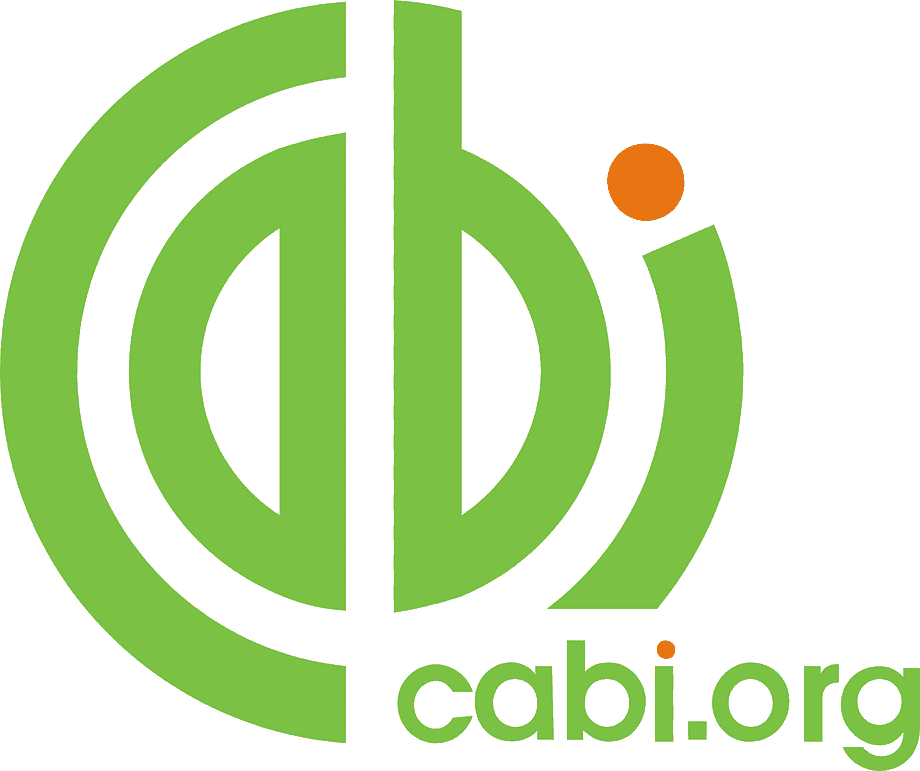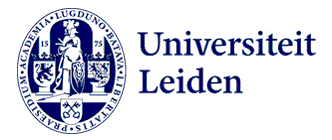Dynamics of goat population and production in Papua and West Papua Provinces: Correlation and regression analysis (2000-2023)
DOI:
https://doi.org/10.46549/jipvet.v15i1.509Keywords:
Goat population, livestock production, Papua, West Papua, Correlation, RegressionAbstract
This study investigates the trends in goat population and meat production in Papua and West Papua from 2000 to 2023, analyzing the relationship between population growth, production output, and key management factors. Using secondary data from official sources such as the Central Statistics Agency (BPS) and the Department of Animal Husbandry, the study employs descriptive analysis, Pearson correlation, and both linear and non-linear regression models. The results indicate a significant positive correlation between goat population and meat production, particularly in Papua, where a cubic regression model explained 61.9% of the variability in production. In contrast, West Papua showed a weaker relationship with more fluctuations in production trends. The study underscores the importance of sustainable management practices, including feed quality and health care, to optimize goat production. These findings provide insights into improving goat farming in these regions through targeted interventions and policy alignment with national agricultural strategies.
Downloads
References
Baenyi S, Jung'a J, Tiambo C, Birindwa A, Karume K, Tarekegn G, Ochieng J. 2020. Production systems, genetic diversity and genes associated with prolificacy and milk production in indigenous goats of sub-Saharan Africa: a review. Open Journal of Animal Sciences, 10(4); 735–749. https://doi.org/10.4236/ojas.2020.104048.
Beyleto VY, Solihati N, Heriyadi D, Rahmat D. 2022. Physiological adaptability of pregnant doe Kacang goats in a dry land area of Indonesia. Journal of Animal Behaviour and Biometeorology, 10(3); 0. https://doi.org/10.31893/jabb.10330.
Brady M, Refshauge G, Robertson S, Atkinson T, Allworth B, Hernández-Jover M. 2020. An exploratory study to investigate animal health and reproductive wastage among Australian meat goat producers. Australian Veterinary Journal, 98(12); 602–609. https://doi.org/10.1111/avj.13033.
Djunaidi M, Widayati T, Cepeda G, Purwanto T. 2022. Pendampingan dan pembinaan sarana pengolahan usaha peternakan kambing PE di distrik Aimas, Kabupaten Sorong. Igkojei Jurnal Pengabdian Masyarakat, 3(2); 57-64. https://doi.org/10.46549/igkojei.v3i2.299.
Ekwemalor K, Asiamah E, Adjei-Fremah S, Worku M. 2016. Effect of a mushroom (Coriolus versicolor) based probiotic on goat health. American Journal of Animal and Veterinary Sciences, 11(3); 108–118. https://doi.org/10.3844/ajavsp.2016.108.118.
Guma W. 2023. Leveraging on flock dynamics and farmers’ production constraints in designing flock health program for accelerated goat production. Open Journal of Veterinary Medicine, 13(11); 193–220. https://doi.org/10.4236/ojvm.2023.1311017.
Iyai D, Yaku A. 2015. Identifikasi sistim peternakan di Manokwari, Papua Barat-Indonesia. Jurnal Peternakan Indonesia (Indonesian Journal of Animal Science), 17(2);94–105. https://doi.org/10.25077/jpi.17.2.94-105.2015.
Jesajas H, Makatita J, Lainsamputty JM, & Dolewikou RL. (2022). Dinamika populasi ternak kambing lakor di kecamatan lakor kabupaten maluku barat daya: the population dynamics of lakor goat livestock in lakor, southwest maluku regency. Jurnal Ilmu Peternakan Dan Veteriner Tropis (Journal of Tropical Animal and Veterinary Science), 12(1); 107–113. https://doi.org/10.46549/jipvet.v12i1.287
Larrondo C. 2023. One welfare: assessing the effects of drought and the COVID-19 pandemic on farmers' well-being and their perception of goats' welfare. Animals, 13(20);32-97. https://doi.org/10.3390/ani13203297.
Monau P, Raphaka K, Zvinorova P, Gondwe T. 2020. Sustainable utilization of indigenous goats in southern Africa. Diversity, 12(1); 20. https://doi.org/10.3390/d12010020.
Monau P, Raphaka K, Zvinorova P, & Gondwe T. (2020). Sustainable utilization of indigenous goats in southern Africa. Diversity, 12(1); 20.
Nahed-Toral J, Tecpoyotl Z, Jiménez J, Cano D, Delgadillo-Puga C. 2021. Compliance of goat farming under extensive grazing with the organic standards and its contribution to sustainability in Puebla, Mexico. Sustainability, 13(11); 6293. https://doi.org/10.3390/su13116293.
Nahed-Toral J, Tecpoyotl Z, Jiménez J, Cano D, & Delgadillo-Puga C. (2021). Compliance of goat farming under extensive grazing with the organic standards and its contribution to sustainability in Puebla, Mexico. Sustainability, 13(11); 6293.
Nurdiati S. 2023. ENSO and IOD impact analysis of extreme climate condition in Papua, Indonesia. Geographia Technica, 19(1/2024);1–18. https://doi.org/10.21163/gt_2024.191.01.
Rattenbury K, Schmidt J, Swanson D, Borg B, Mangipane B, Sousanes P. 2018. Delayed spring onset drives declines in abundance and recruitment in a mountain ungulate. Ecosphere,9(11). https://doi.org/10.1002/ecs2.2513.
Sejian V, Silpa M, Nair M, Devaraj C, Krishnan G, Bagath M, Bhatta R. 2021. Heat stress and goat welfare: adaptation and production considerations. Animals, 11(4); 10-21. https://doi.org/10.3390/ani11041021.
Tarekegn G, Tesfaye K, Mwai O, Djikeng A, Dessie T, Birungi J, Mwacharo J. 2018. Mitochondrial DNA variation reveals maternal origins and demographic dynamics of Ethiopian indigenous goats. Ecology and Evolution, 8(3); 1543–1553. https://doi.org/10.1002/ece3.3710.
Wajo MJ, Pakage S, Iyai DA, Novyanti N. 2020. Potential development of goat farming in Manokwari, West Papua. SINTA Journal (Science, Technology, and Agricultural), 1(2); 71–80.
Yatoo M. 2016. Impact of area specific urea molasses mineral block on the production performance of Pashmina goats. Advances in Animal and Veterinary Sciences, 4(6); 289–293. https://doi.org/10.14737/journal.aavs/2016/4.6.289.293.

Downloads
Published
How to Cite
Issue
Section
License
Copyright (c) 2025 Mohamad Jen Wajo, Johan F. Koibur, Deni A. Iyai, Stepanus Pakage, Freddy Pattiselanno, John Arnold Palulungan

This work is licensed under a Creative Commons Attribution-NonCommercial-ShareAlike 4.0 International License.
License and Copyright Agreement
In submitting the manuscript to the journal, the authors certify that:
- They are authorized by their co-authors to enter into these arrangements.
- The work described has not been formally published before, except in the form of an abstract or as part of a published lecture, review, thesis, or overlay journal. Please also carefully read Jurnal Ilmu Peternakan dan Veteriner Tropis (Journal of Tropical Animal and Veterinary Science) Posting Your Article Policy at https://journal.fapetunipa.ac.id/index.php/JIPVET/publicationethics
- That it is not under consideration for publication elsewhere,
- That its publication has been approved by all the author(s) and by the responsible authorities “tacitly or explicitly“ of the institutes where the work has been carried out.
- They secure the right to reproduce any material that has already been published or copyrighted elsewhere.
- They agree to the following license and copyright agreement.
Copyright
Authors who publish with Jurnal Ilmu Peternakan dan Veteriner Tropis (Journal of Tropical Animal and Veterinary Science) agree to the following terms:
- Authors retain copyright and grant the journal right of first publication with the work simultaneously licensed under a Creative Commons Attribution License (CC BY-NC-SA 4.0) that allows others to share the work with an acknowledgment of the work's authorship and initial publication in this journal.
- Authors are able to enter into separate, additional contractual arrangements for the non-exclusive distribution of the journal's published version of the work (e.g., post it to an institutional repository or publish it in a book), with an acknowledgment of its initial publication in this journal.
- Authors are permitted and encouraged to post their work online (e.g., in institutional repositories or on their website) prior to and during the submission process, as it can lead to productive exchanges, as well as earlier and greater citation of published work.

This work is licensed under a Creative Commons Attribution-NonCommercial-ShareAlike 4.0 International License.
























.png)
